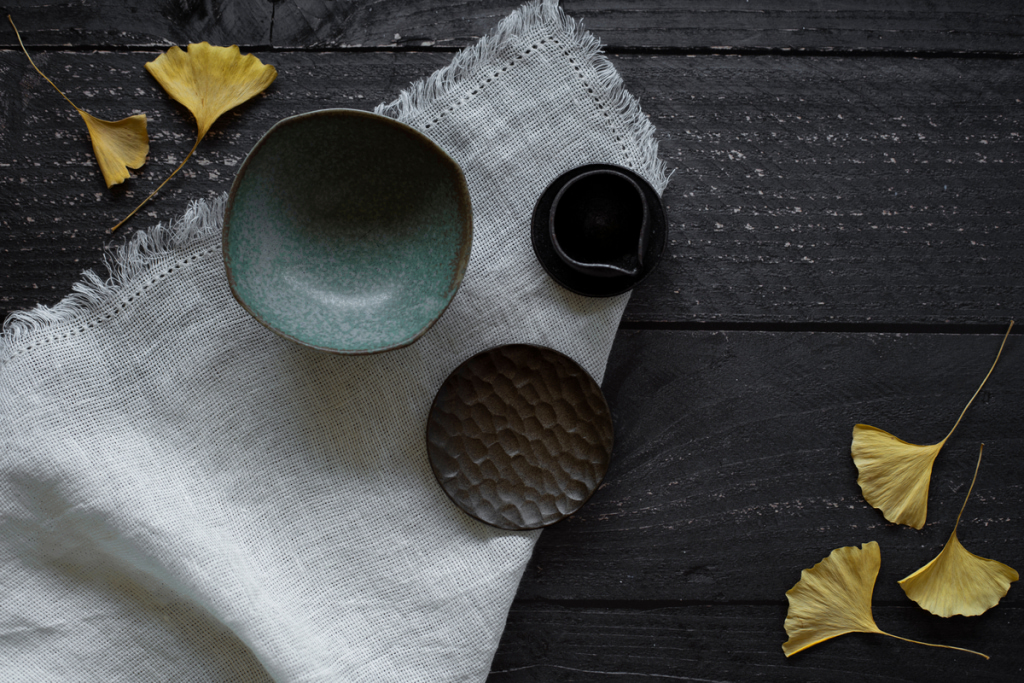Japanese food isn’t just about eating right. Following the codes of Japanese hospitality, the presentation of a meal carries as much weight as the freshness and quality of the ingredients themselves. Essentially, Japanese food is about indulging in a delicious dinner served on beautiful tableware — at least on special events (though nothing stops you from making every day special!)
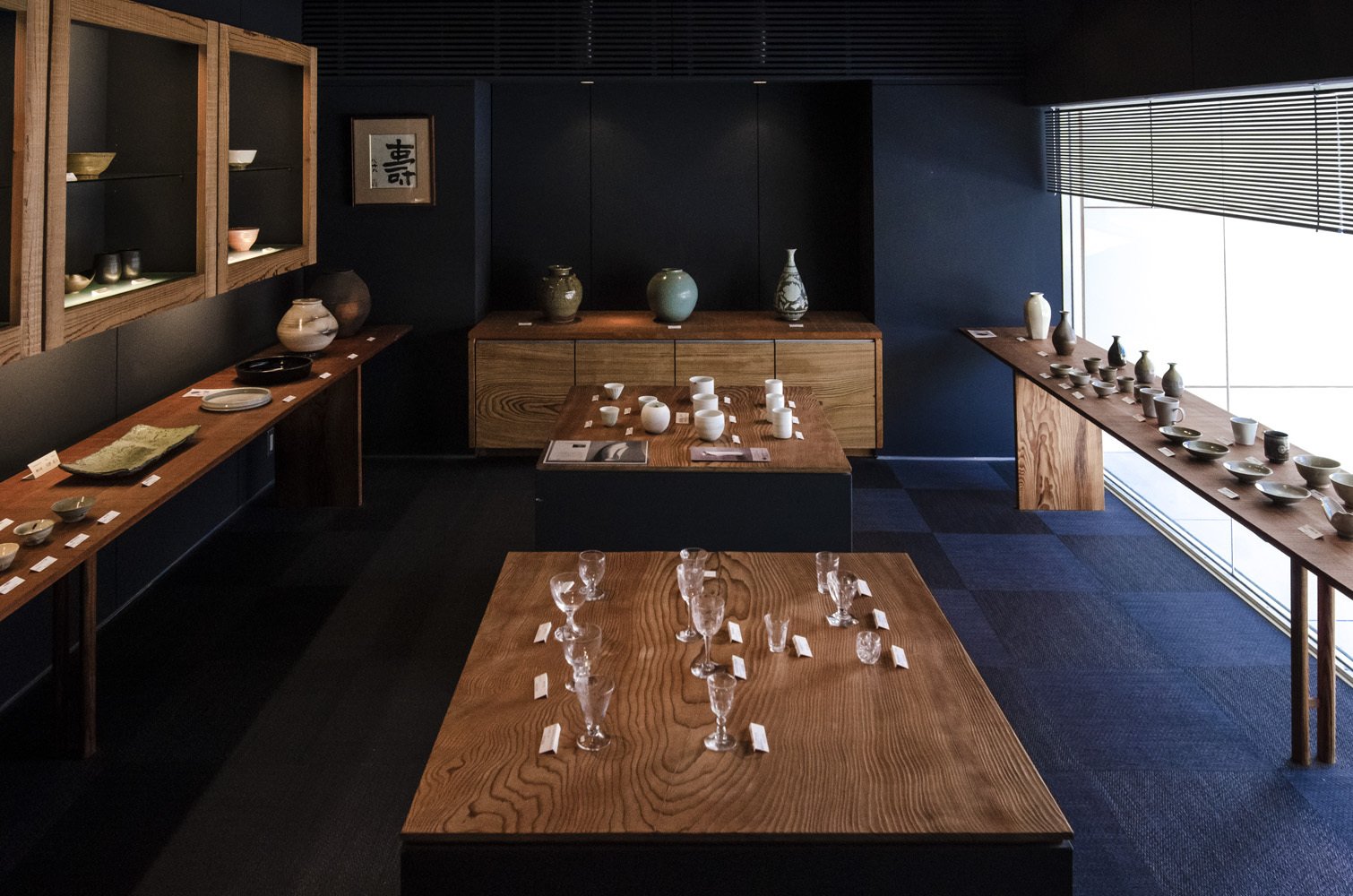
The Essential Vocabulary
Before getting into the depths of Japanese pottery, it’s highly recommended to learn the key terms. Here are a couple of words that can help you navigate when you look for Japanese pottery, ceramic and porcelain on your travels, online and even in stores.
土器(どき)
土器 (read doki) is earthware. It refers to anything made out of clay.
炻器(せっき)
炻器 (read sekki) is stoneware or ceramics and refers to anything that’s make out of stone or rocks.
陶器(とうき)
陶器 (read touki) refers particularly to soft-paste porcelain items.
磁器(じき)
磁器 (read jiki) refers particularly to hard-paste porcelain items.
焼き物(やきもの)
Yakimono (literally, something baked) can refer to everything above.
Now that we have some of the basics covered, here are seven notable Japanese yakimono from all over the country that are worth looking into.
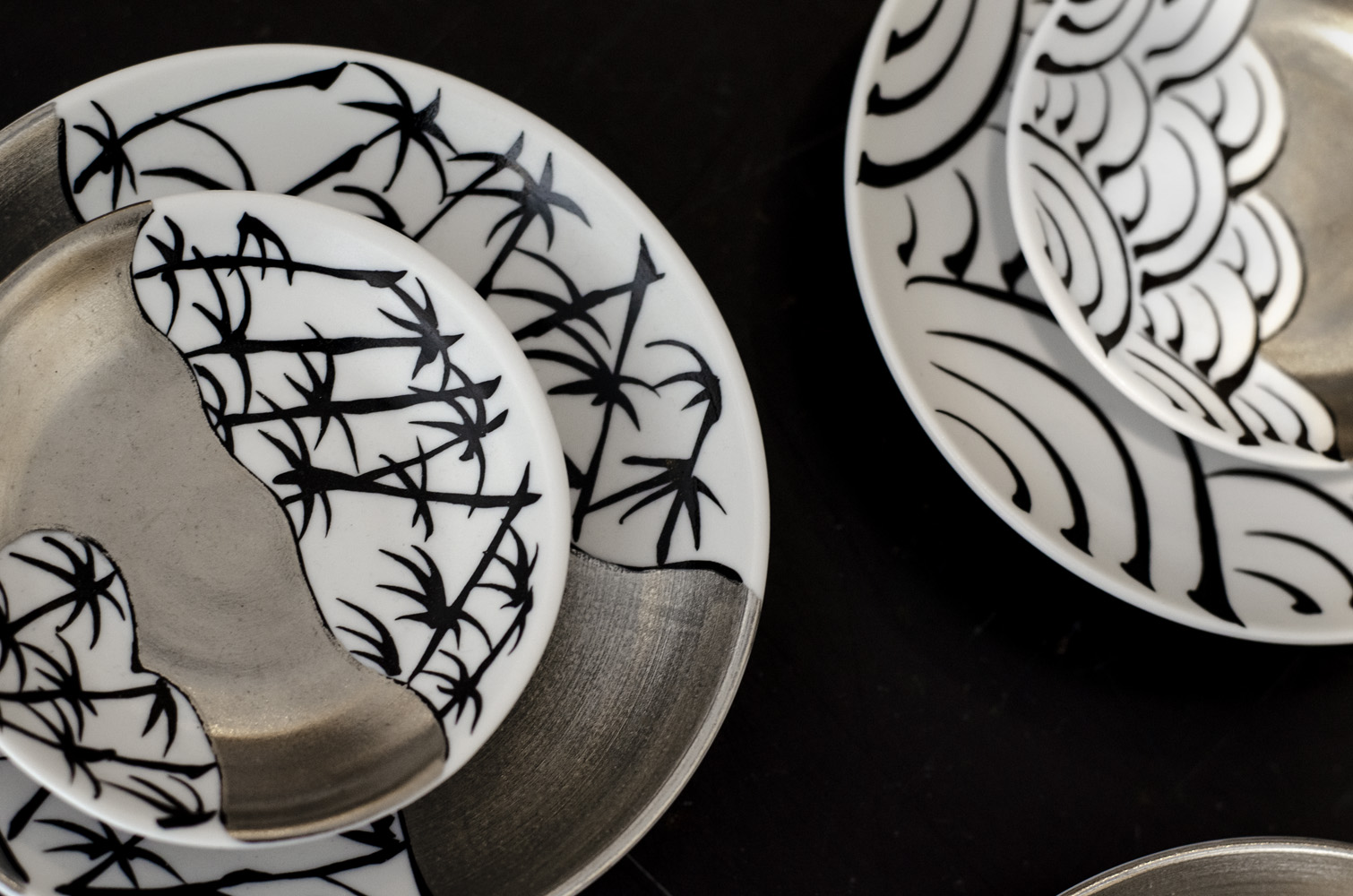
Contemporary Arita ware
1. Kobushi (Hokkaido)
Let’s start with the youngest of the bunch: Kobushi ware. The first kiln opened just after the end of the Second World War in 1946, in Iwamizawa, Hokkaido Prefecture. Kobushi isn’t about intricate design or patterns, but rather about transforming available materials into something beautiful and practical.
View this post on Instagram
In tunes with the times, however, is this kiln’s love for experimentation. Being so young in the Japanese pottery game and located in Japan’s coldest region, there are many challenges and many ways the techniques can be perfected to be in synch with the Hokkaido weather.
Learn more about Kobushi here. If you are in Hokkaido, consider popping by for a factory visit!
2. Mashiko (Tochigi)
Said to have originated in 1853 in present-day Tochigi Prefecture, Mashiko pottery is a little closer to home. During early developments, it benefited greatly from Kanto‘s modern delivery and postal system and the kiln was reputed for reliable kitchenware.
View this post on Instagram
While it was later overthrown by more contemporary rivals, Mashiko came back stronger than ever following the 1923 earthquake. Today, it stands amongst the biggest names in its field, still known for producing quality items inspired by contemporary Japanese families’ daily necessities.
3. Kutani (Ishikawa)
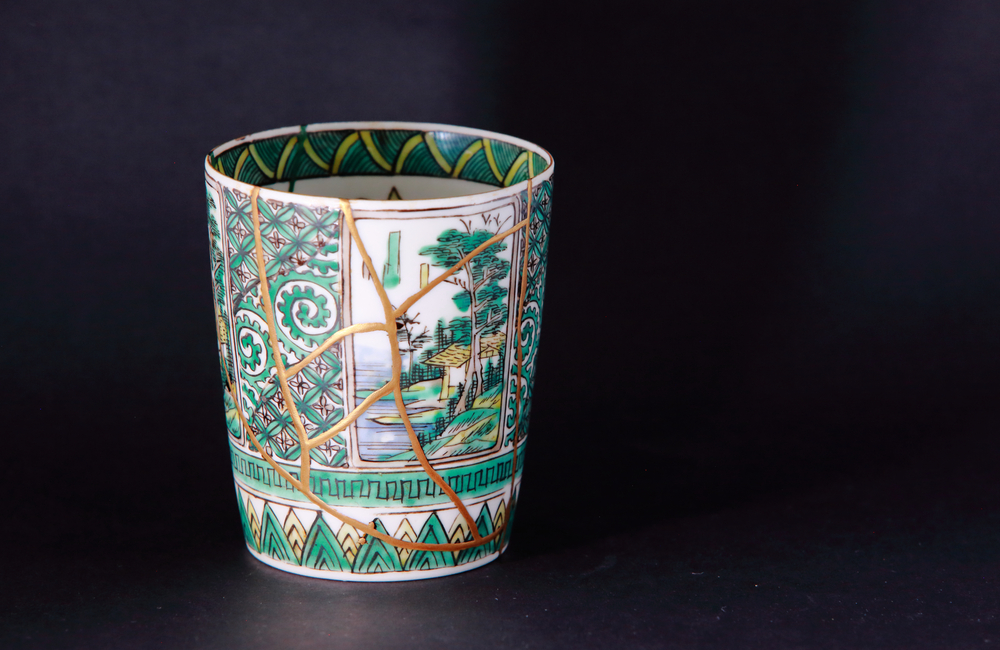
Kutani ware
Our first porcelain! Kutani ware is said to have originated in Kutani, a small village in the mountains in Ishikawa Prefecture. During the winter, heavy snowfall would cut the village’s access for the entire season and supposedly inspired the ware’s unique and intricate designs. Often inspired by natural landscapes and wild scenes, Kutani ware is unapologetically vibrant. While the shapes and colors are very much in the Japanese color wheel, the overall style is also quite reminiscent of European rococo. There’s likely very little connection there, but if you love the 18th century aesthetic, these will definitely check all your boxes.
4. Mino (Gifu)
Mino ware, produced in Gifu Prefecture, stands among the most popular types of Japanese ceramics. Pottery in the region is said to date as back as the 7th century and reached peak popularity around the 11th century when it started to focus on producing ware meant for tea ceremony.
View this post on Instagram
Mino is very soft in comparison to other varieties of ceramics. It generally favors a brighter color palette, though there are also great differences between sub-categories, some with bold designs and dark colors.
5. Arita, Imari and Karatsu (Saga)
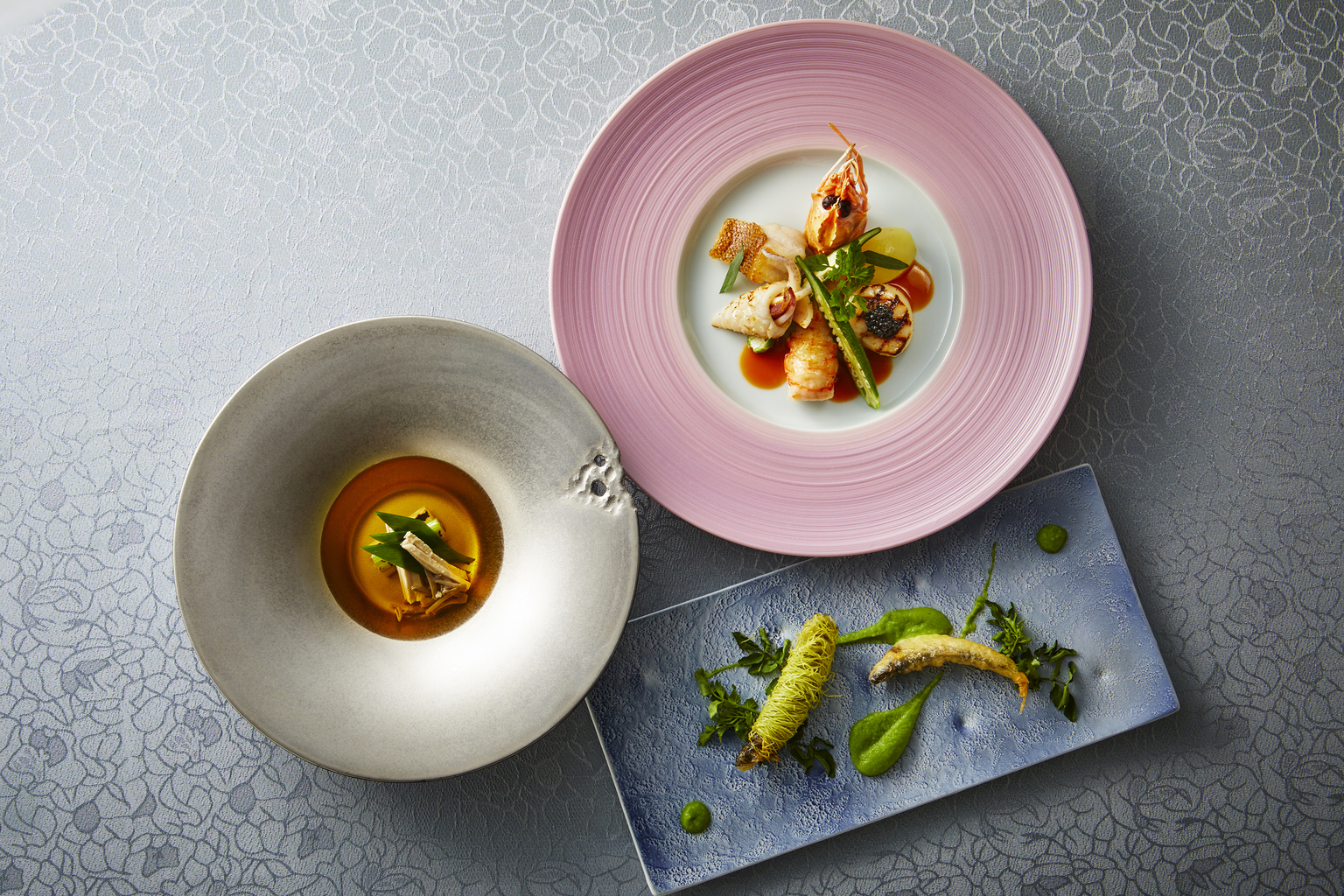
Arita ware
Arita, Imari and Karatsu ceramic and porcelain goods are the most well-known in the realm of Japanese ceramics. The trifecta comes from Kyushu’s Saga Prefecture. While the three are considerably different, together they represent the vast range of style, colors and products you can find in Japan. Even just passing by any of the three towns, you’ll see traces of ceramic and porcelain within the city landscape, whether it’s an outdoor decoration or a line of small ceramic shops. We’ve covered Arita, Imari and Karatsu in depth in this 2019 article.
6. Hasami (Nagasaki)
With 400 years of history and tradition, Hasami ware in Nagasaki Prefecture has prospered thanks to its pottery and porcelain production which includes a range of daily tableware.
View this post on Instagram
Hasami ware is characterized by the use of translucent white porcelain and the delicate and deep flavor of the indigo (kosu) painted decoration. This traditional technique and spirit have been steadily passed down through generations. Today, the town continues to reinvent and improve techniques to fit the times while keeping to their unique look which keeps them at the top among Kyushu’s pottery greats.
7. Yachimun (Okinawa)
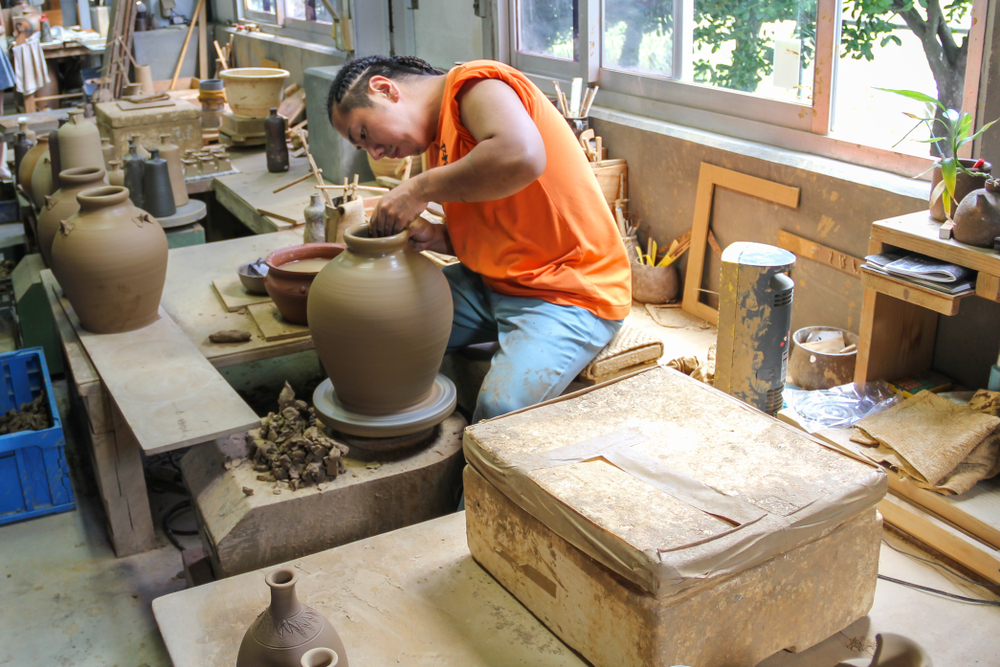
Yachimun master at work in Okinawa
While the other stain of pottery on this list certain overlap in style or color, Yachimun pottery (Ryukyu dialect word for “pottery”) has a very particular character to it.
View this post on Instagram
While other kilns around Japan are making efforts to modernize their styles, Yachimun stays true to its rustic Okinawa feel and often features plants and animals that are important in Okinawan culture. If staying at or visiting Naha, definitely add the Tsuboya Yachimun Dori to your list of stops. There, you can visit the shops of various local kilns showcasing the latest in Yachimun products.
More information on the various activities there here.
Did we miss your favorites? Share your go-to Japanese ware in the comments!

